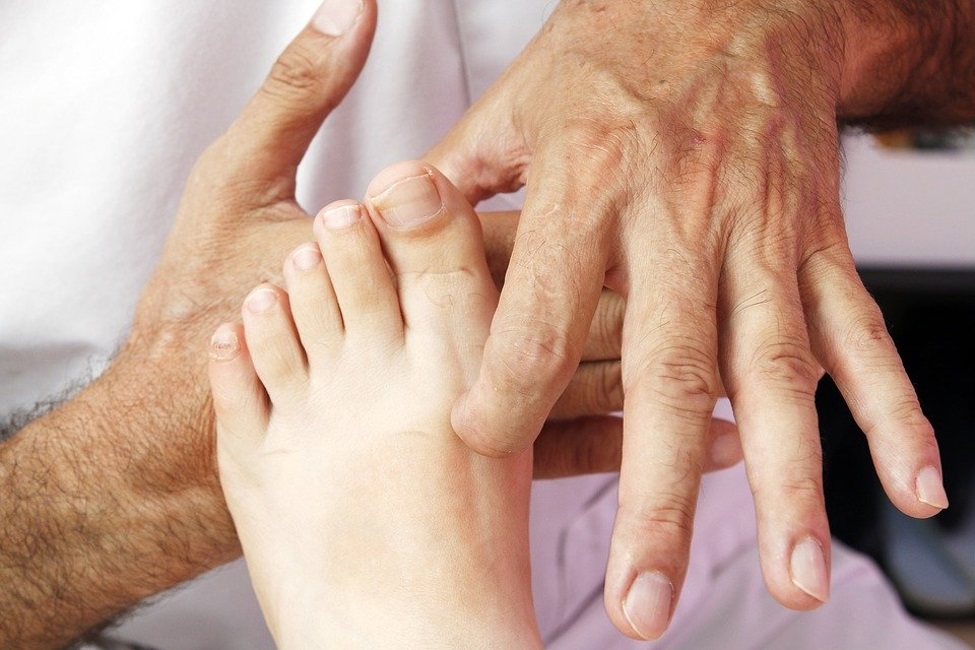
The importance of eating a healthy, balanced diet, monitoring blood glucose levels, staying active, and taking prescribed medications can never be emphasized enough if you are diabetic; another important thing to add is regular foot exams. Foot exams reduce the chances of developing complications as a result of conditions that were not attended to early. There are self-exams and annual professional evaluations. Diabetes presents a high risk of foot problems such as diabetic foot ulcers and peripheral vascular disease to patients. Diabetic foot care looks out for injuries, infections or bone abnormalities. The main cause of diabetic feet problem is nerve damage and poor blood flow or blood circulation.
Alarming symptoms which require attention include
- Burning sensation
- Tingling
- Pain
- Difficulty while walking
- Numbness
- Swelling
Symptoms that call for the immediate attention of a podiatrist include
- A cut or a blister that is taking longer to heal.
- If an injury is warm to touch
- If an injury has redness around it.
- The presence of callus with dried blood inside.
- And a smelly, black injury which most likely is gangrene; this is the death of body tissue and if left untreated could lead to foot amputation or death.
What to expect when a podiatrist examines you
- General assessment where the podiatrist asks questions about your health and any problems you have had with your feet. They also ask about your footwear to be sure your shoes do not easily cause blisters, calluses, and ulcers.
- Dermatological assessment where the podiatrist will look for skin problems and signs of fungal infection.
- Neurologic assessment that includes a series of tests which are
- Monofilament test which particularly tests foot sensitivity.
- Tuning fork and VPT (Visual Perception Tests) – to check the sensitivity of the foot and toes to vibrations.
- Pinprick test to determine if you can feel a pin, poke your foot.
- Ankle reflexes – a tap below the knee to check your reflexes.
- Musculoskeletal assessment to check for abnormalities in the structure and shape of your foot.
- Vascular assessment using the Doppler ultrasound to check how well the blood is flowing to your feet.
Treatment
The provider might recommend frequent exams to monitor the progress, but for bone deformities, surgery can be recommended while antibiotics are administered to treat foot infections.
No specific treatment is administered for nerve damage, but treatments are given, such as skin creams, medicine, and physical therapy, to improve the function of the feet and relieve pain.
How to go about diabetic foot care?
Wear appropriate fitting shoes or ask the doctor for custom shoes.
Keep moist away from your skin by wearing socks.
Clean your feet daily and apply a fragrance-free moisturizer, avoid applying in between the toes.
Trim toenails regularly
Avoid walking barefoot
Conduct daily foot self-exams to monitor changes.
Seek professional foot evaluation at least annually.
Manage diabetes as recommended by the health professional.
Avoid abrasive foot products
Exercise daily to keep the blood flowing.
Do not smoke as this leads to foot complications due to poor blood circulation and nerve damage.